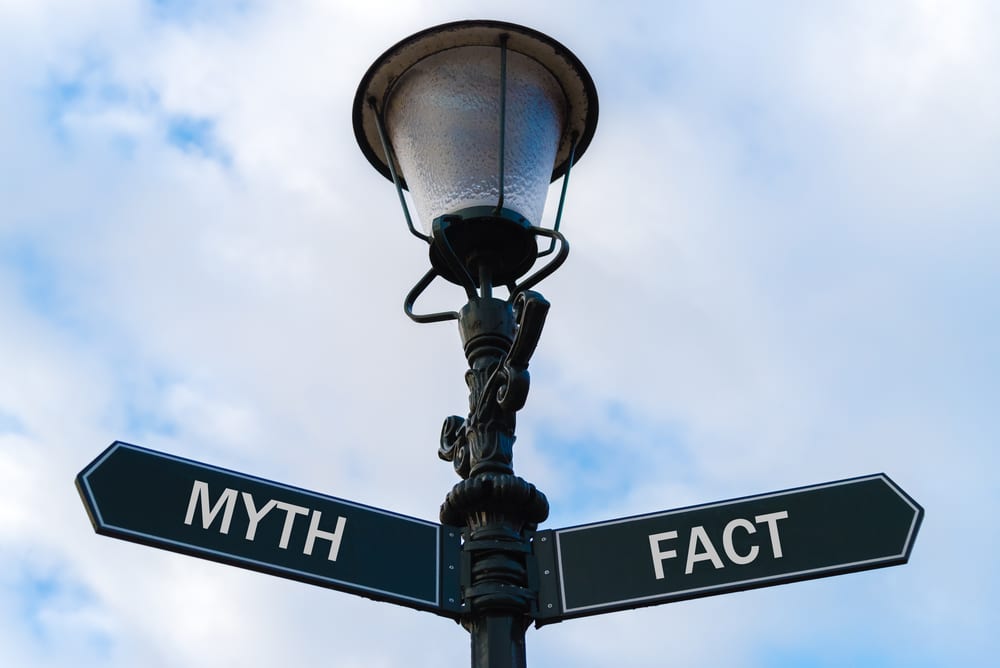Search engine optimization (SEO) has changed significantly in the last few years.
After 15 years of using search engines for research and business purposes – especially Google –, I can say that I’ve experienced the
Whether you are a blogger, website owner or you’re a local web design agency trusted with other people’s websites, you really need to take
Although, there are a lot of misinterpretations about what is needed to reach the top page of Google search engine. Let’s find out what works, and what doesn’t.
This is untrue as
Before Facebook and Twitter became popular,
While some schools of thought think
Admittedly, if influential people get information about your product and link to your site, automatically their recommendations will show up in any Google search result that their friends do. This is clearly an interface between social media and
Social media content plays a great deal in making your page relevant and the truth is that social media is very essential for your
Myth 2: SEO is dead
This is one of the most popular
It is quite unnerving though when you search for something on Google and you see an answer instead of a link. It is even scarier when Google automatically opens resources like calculators, converters (Kg/lbs), song lyrics etc. So, you’ve got to take
Myth 3: Content is king and the only way up
Lies, lies, and more lies. If you’re in digital marketing you must have heard the “content is king” chant again and again. Churning our high quality content that is useful will push your ranking high anyways without
Publishing good content is quite important and even a requirement for ranking. But if you don’t optimize it, search engines will never know that it’s good. If your whole website is not optimized, there could be a struggle to find your content, which means your page will not show up in results at all.
SEO is simply about making sure search engines are matching your pages to the right audience. So while content is king, it’s not an absolute sovereignty.
Myth 4: The more inbound links, the better
False!
In recent updates to Google’s algorithm, they have made quality to trump quantity. The days of having thousands of slow-quality links driving up rankings are long gone. In fact, creating those links can get your website penalized because they look spammy in nature.
Your focus should be on obtaining links from websites that are relevant to your products, goods, services, or industry — and then have the links surrounded by relevant text. In the case of inbound links, your focus should be on quality and relevance instead of quantity. This is good for your
Myth 5: Videos and images don’t matter for SEO
This is also another
Infographics, illustrations and photos usually make webpages look attractive and they typically increase time spent on page and decrease bounce rate. Optimizing your page with images opens up a new channel of traffic which is image and video search results.
The title description, and alt tags of your images and videos matters a lot in
Meta tags are HTML tags that appear in between the opening and closing <head> tags. Although they have become slightly irrelevant, mainly because people use them so often on their web pages without having great contents to back it up.
Meta tags show a more compelling description that will compel users to click on it instead of something else if you have good descriptions. They’re used to show preview snippets for a specific webpage in the search results. Although, Meta tags are no longer indexed by Google and Bing, it’s advisable not to ignore them altogether.
Truthfully, you need to have good
Image: Shutterstock


